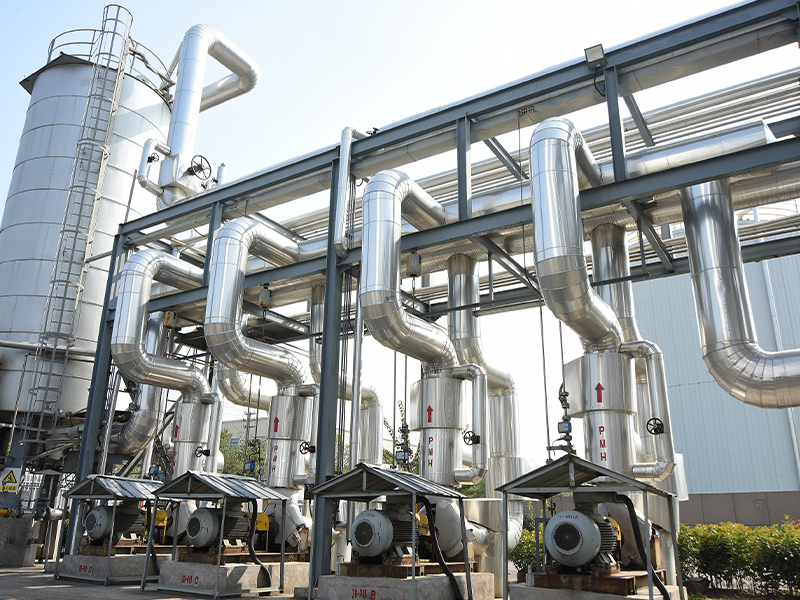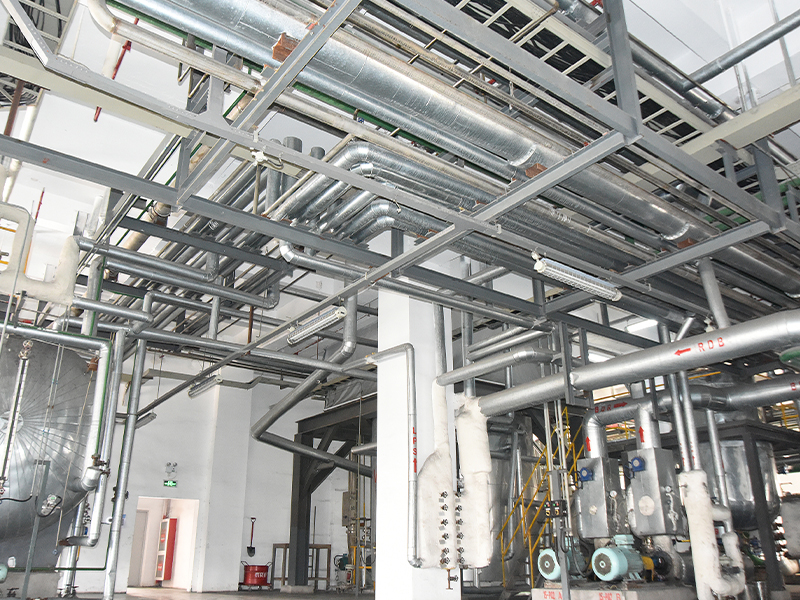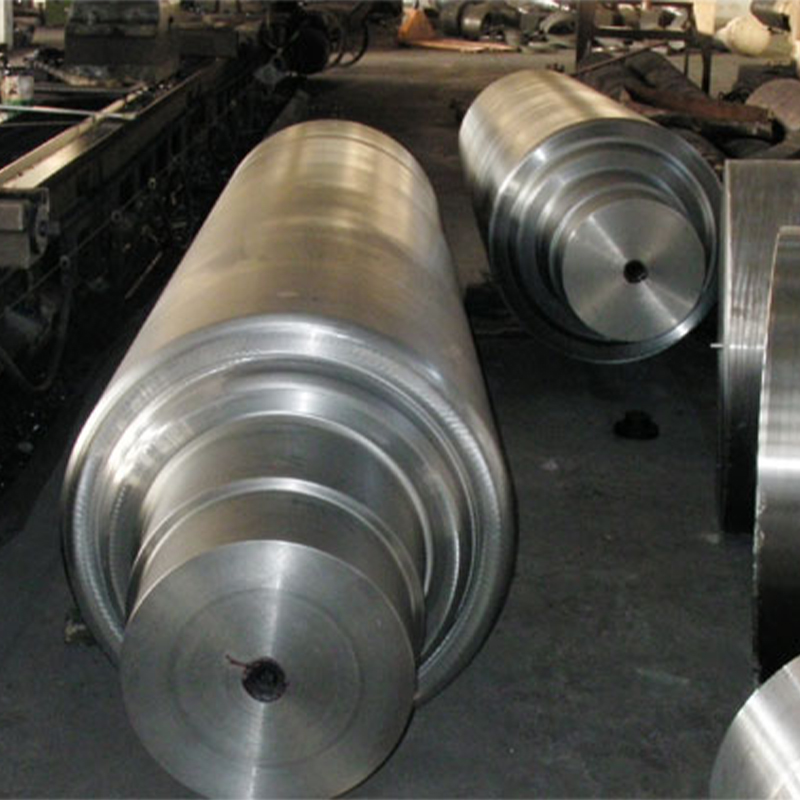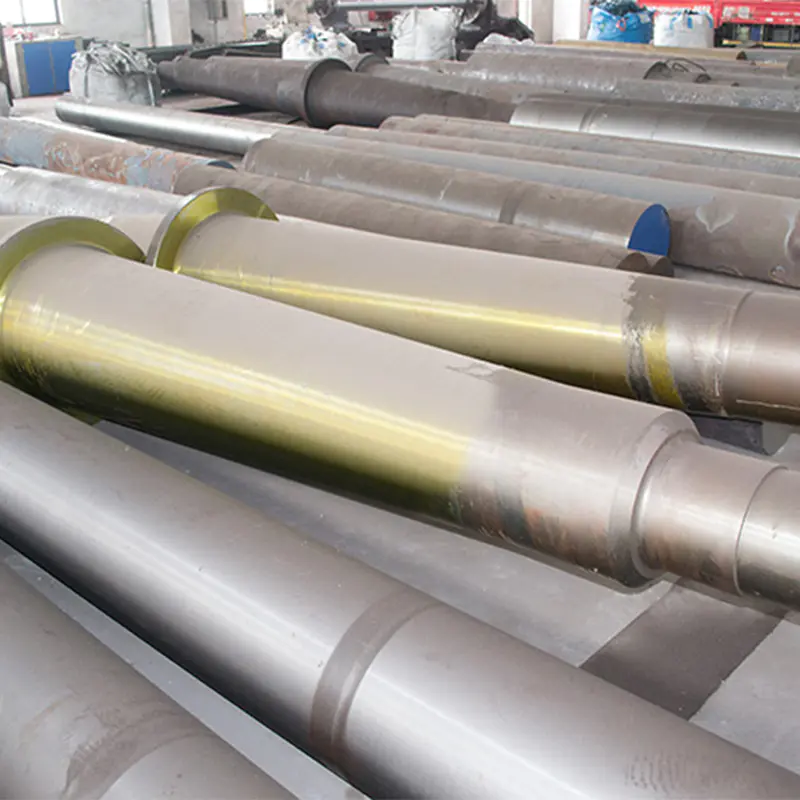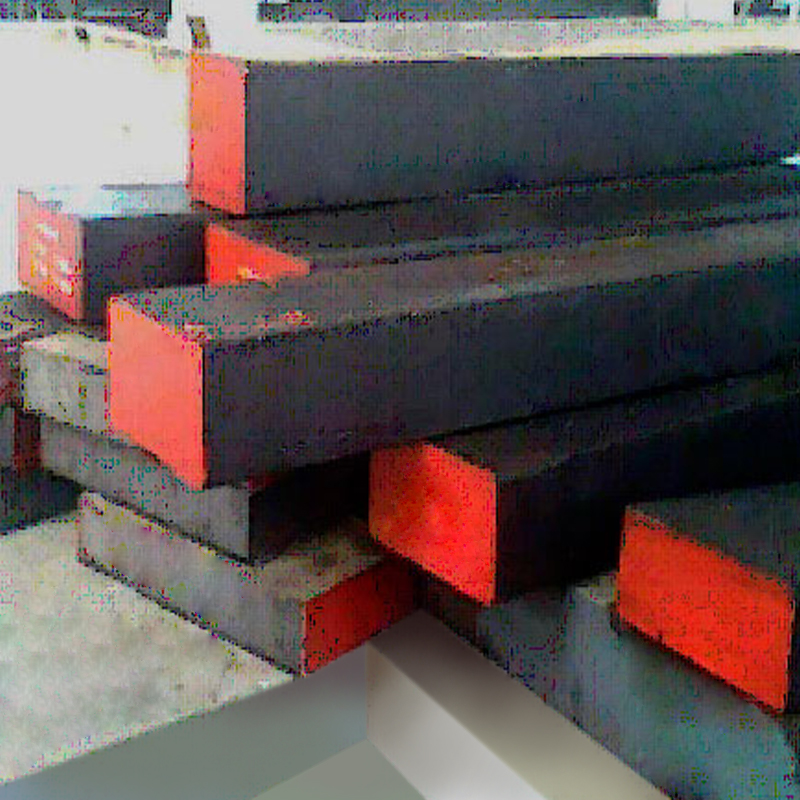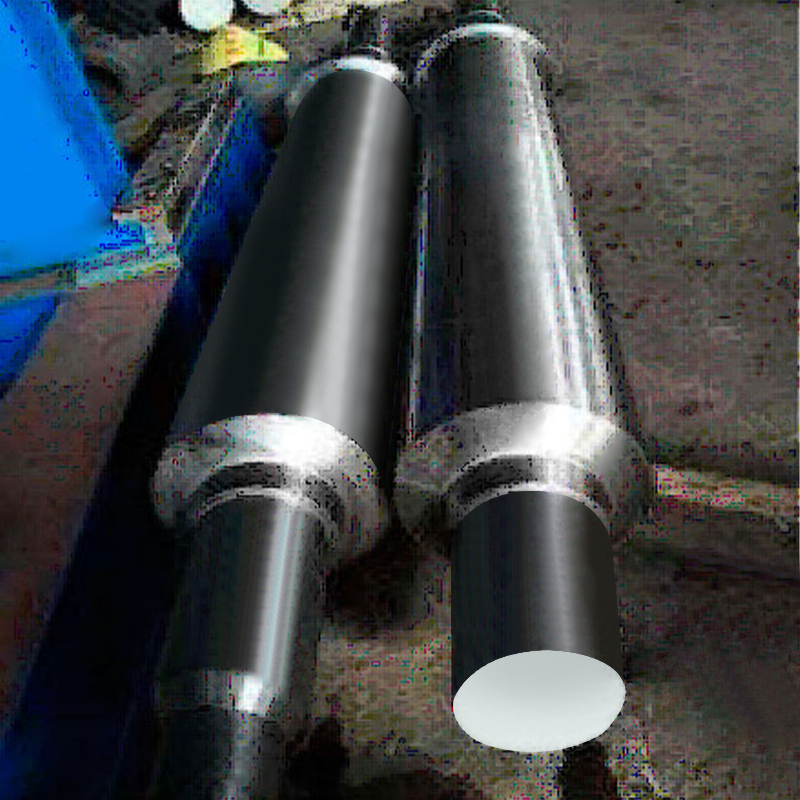
Surface Roughness and Stress Concentration: Surface roughness plays a critical role in the fatigue resistance of Forged Finished Steel Shafts. Irregularities such as peaks and valleys on the surface act as sites for stress concentration. When the shaft is subjected to cyclic loading or vibrations, these areas experience higher localized stresses. This can lead to the initiation of cracks, especially under repeated stress cycles, significantly reducing the lifespan of the shaft. A smoother surface minimizes these stress concentrations, which results in a more uniform distribution of the applied loads across the shaft. This reduces the likelihood of crack initiation and fatigue failure. The smoother the surface, the more evenly the load is transferred, enhancing the shaft's ability to endure repeated stresses without cracking or breaking.
Polishing and Surface Smoothing: Post-forging processes like polishing or machining are designed to smooth out surface imperfections and reduce roughness. By polishing or machining the surface, the micro-abrasions that can serve as starting points for cracks are minimized. A finely finished surface reduces the likelihood of crack formation, as it removes irregularities that could otherwise serve as weak points. High-quality finishing processes like grinding and lapping ensure that the steel shaft has a uniform and smooth surface, further contributing to improved fatigue strength.
Surface Hardening and Shot Peening: Processes like shot peening and surface hardening significantly improve the fatigue resistance of Forged Finished Steel Shafts. Shot peening involves bombarding the surface of the shaft with small spherical media, which introduces compressive residual stresses into the surface layer. These compressive stresses oppose the tensile stresses that tend to cause cracks and fatigue failures. By improving the surface finish and introducing these residual stresses, shot peening increases the fatigue strength and extends the shaft's operational lifespan. Surface hardening treatments such as induction hardening or laser hardening can create a hardened outer layer that resists wear and tear, while the core remains more ductile, offering better resistance to fatigue under dynamic loading conditions. These treatments help the shaft maintain its structural integrity even under harsh working conditions.
Oxide Layers and Coatings: Protective coatings such as chrome plating, nickel coatings, or phosphating offer an additional layer of protection for Forged Finished Steel Shafts. These coatings not only prevent rust and corrosion, which can degrade the material over time, but also provide a smooth, wear-resistant surface. The application of coatings can also improve fatigue resistance, as they reduce the potential for environmental damage, such as oxidation, which could lead to crack initiation. The protective coatings ensure that the shaft maintains its surface integrity, resisting wear caused by environmental factors, and thus prolonging its service life. Coatings also offer protection against contaminants and moisture, further increasing the shaft’s durability and reliability over time.
Fatigue Life and Cyclic Loading Resistance: One of the key goals of refining the surface roughness and applying proper finishing treatments is to improve the fatigue life of the shaft. Forged Finished Steel Shafts are often used in applications where they are subjected to cyclic loading—repeated stress cycles that can cause material fatigue over time. By reducing surface roughness and enhancing surface integrity through polishing, peening, or coating, the shaft becomes more resistant to crack initiation and propagation under such conditions. These treatments extend the shaft's fatigue life, allowing it to handle more stress cycles before failure occurs. This is particularly important in industries such as automotive, aerospace, and heavy machinery, where shafts undergo frequent and varied loading conditions.



 English
English русский
русский Español
Español عربى
عربى